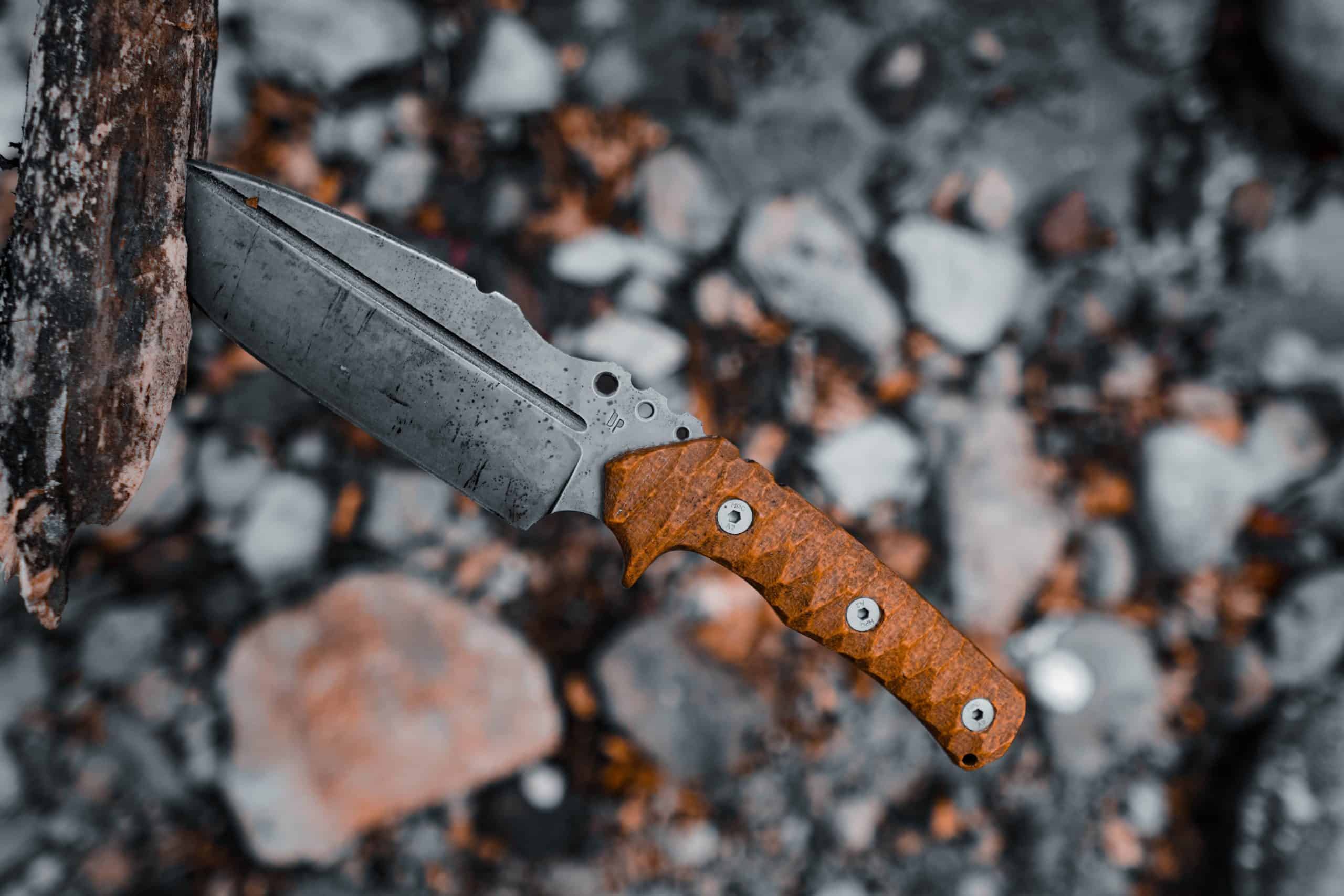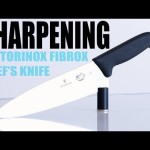
Introduction
A water sharpening stone is an essential tool used to help keep knives, tools and other blades in their best condition. The stone has a rough surface and helps to sharpen and hone the blade with a combination of grinding and polishing. It’s a great alternative to electric blade sharpeners and is perfect for those who prefer manual precision sharpening of tools. Not only can it make your tools last longer, it also helps reduce elbow strain when trying to keep an angle on the blade edge during the sharpening process. Additionally, water sharpening stones come in many different grades, shapes and sizes allowing users to choose one which best meets their individual needs.
Understanding the Different Types of Water Sharpening Stones
Water sharpening stones are commonly used in woodworking and knife making because they provide a faster way to sharpen than conventional oil stones. The most common type of water stone is a whetstone, which comes in a range of grits. Coarser grits such as #220 will remove metal more quickly, however finer grits such as #4000 are better for polishing and creating an even surface finish. Natural water stones are also available which provide the perfect finish for delicate sharpening tasks. They offer an extremely fine grit similar to diamond abrasives without the mess or expense. Synthetic water stones are man-made out of aluminium oxide, ceramic, or silicon carbide, and they typically come in two types: single-grit stones or combination two-grit stones with different sections on one stone. While many prefer traditional Japanese waterstones , diamond sharpening plates can also be used in conjunction with water to get great sharp edges on knives and tools. Additionally, honing rods made of steel or ceramic can be used with oil or water to maintain a clean edge without needing to actually sharpen it again. No matter what type of water stone you decide to use, it’s important you keep them wet with either oil or plain water when not being used instead of letting them dry out for best results when you do need them again.
Exploring the Benefits of Owning a Water Sharpening Stone
Water sharpening stones are an excellent tool to use when honing knives and other tools that require an edge. The traditional whetstone was used much in the same way so why opt for a water one? Well here’s why. Water is more effective at removing metal shavings, meaning the edges of tools can be made sharper. Furthermore, water sharpening is also gentler on harder blades due to its lower abrasion rates. As such, this makes them ideal for prolonging the life of your cutting instruments.
Another great feature of these sharpeners is their versatility. With only a small amount of oil or water which is necessary for lubrication, you have an array of sharpening shapes and methods available. Additionally, due to their ease in handling and transportability these stones are often chosen as best piece of equipment suited for outdoor use. Lastly, some types of stone will respond differently when submerged in different liquids such as oil or even soapy water which makes it highly desirable among knife aficionados looking for individualised results from their sharpener stones
How to Properly Use a Water Sharpening Stone
To sharpen a knife with a water sharpening stone, it’s important to first soak the stone in water for 10 to 15 minutes. This will ensure that the surface of the stone is properly lubricated for sharpening. Once the stone has been soaked, use a light oil or mineral oil on the entire surface of the sharpening stone. Wipe off any excess with a dry cloth.
Next, place your knife firmly against the surface of the stone and use long strokes to draw the blade across and away from you, aiming to create an angle of roughly 10-15 degrees between your knife and the sharpening stone. Continue repeating this action until you are satisfied with the blade’s sharpness. You may want to flip your knife over to sharpen both sides an equal amount, making sure that you maintain consistent pressure throughout each stroke.
Finally, once you have finished sharpening your knife, rinse it thoroughly with warm water before drying it with a soft cloth or paper towel. Before storing your knife again make sure that it is completely dry by wiping both sides down with an oiled cloth!
Essential Tips for Optimizing Results with a Water Sharpening Stone
1. Soak the stone in clean water for 15-25 minutes before use to remove any air pockets, increase absorption and soften the stone fibers.
2. Use a sharpening guide to ensure consistent angles when honing different knives or tools. This will help you efficiently sharpen the blade evenly and prevent uneven wear or gouging of the edge.
3. Wet and lubricate the area of the stone being sharpened with honing oil or water before use, as this further ensures that metal particles are properly disposed of while also preventing foreign debris from entering cracks or pores of the stone during sharpening.
4. Clean out any small particles from the surface of the stones regularly, using either a soft bristle brush – such as a toothbrush – or a damp cloth to gently wipe away any build up of filings, chips and dirt on the surface of your sharpening stone.
5. Regularly inspect both sides of your blade’s edge to ensure that it is being sharpened evenly on each side and at correlated angles which is one way to ensure lasting performance (i.e.: if there is too much metal removed at one time then your knife may lose its balanced shape). Regular inspection also allows you to check for burrs–small fragments left behind by various metals after use – which can cause damage over time if not addressed promptly.
6. Store your sharpening stones in a moisture-free container such as Tupperware once used–as both moist and dry environments can degrade quality and performance overtime if not maintained accordingly for ideal use-time longevity
Maintenance and Troubleshooting with Water Sharpening Stones
Water sharpening stones are a popular choice among sharpening aficionados due to their ability to quickly and easily sharpen even the dullest of knives. Water stones are softer than oil stones, meaning they will wear more quickly. However, their fast-cutting action means that even users who lack experience can use them to sharpen their knives effectively. Nevertheless, it is important to understand the basic principles of maintaining and troubleshooting water sharpening stones in order to ensure optimal performance — and longer life — from them.
Care should be taken when using water sharpening stones to prevent gouging or excessive removal of material from the knife’s edge. Keep a shallow angle between the knife blade and the stone surface as you sharpen, letting each stroke move down progressively deeper (but still gentle) along its length. After each use, rinse any remaining bits of metal or slurry from the stone’s surface with water before storing so that it doesn’t corrode over time. If clogs form on your stone over time due to metal particles or calcium buildup, soaking in diluted household vinegar may help restore it back to its original cutting ability. Additionally, periodically lapping (or sanding) your water stone flat with silicon carbide sandpaper can maintain an even surface across its length and make sure you’re getting maximum efficiency out of your sharpener
conclusion
Water sharpening stones, also known as Japanese waterstones, are versatile tools that can be used to sharpen a variety of items with great precision. These stones are mainly composed of aluminum oxide, so they have a very fine, even grain which allows them to cut through materials more quickly and finely. Furthermore, water sharpening stones can be continuously wetted, which keeps them lubricated and helps clear away debris so that the cutting surface remains exposed when sharpening. This makes them an ideal choice for blades with finer edges such as kitchen knives or chisels. Moreover, the use of water rather than oil for lubrication makes cleaning up after a session much easier as oil is difficult to wash off. All in all, water sharpening stones are highly efficient and user-friendly tools that prove invaluable both in the workshop and at home as reliable sharpening solutions.















